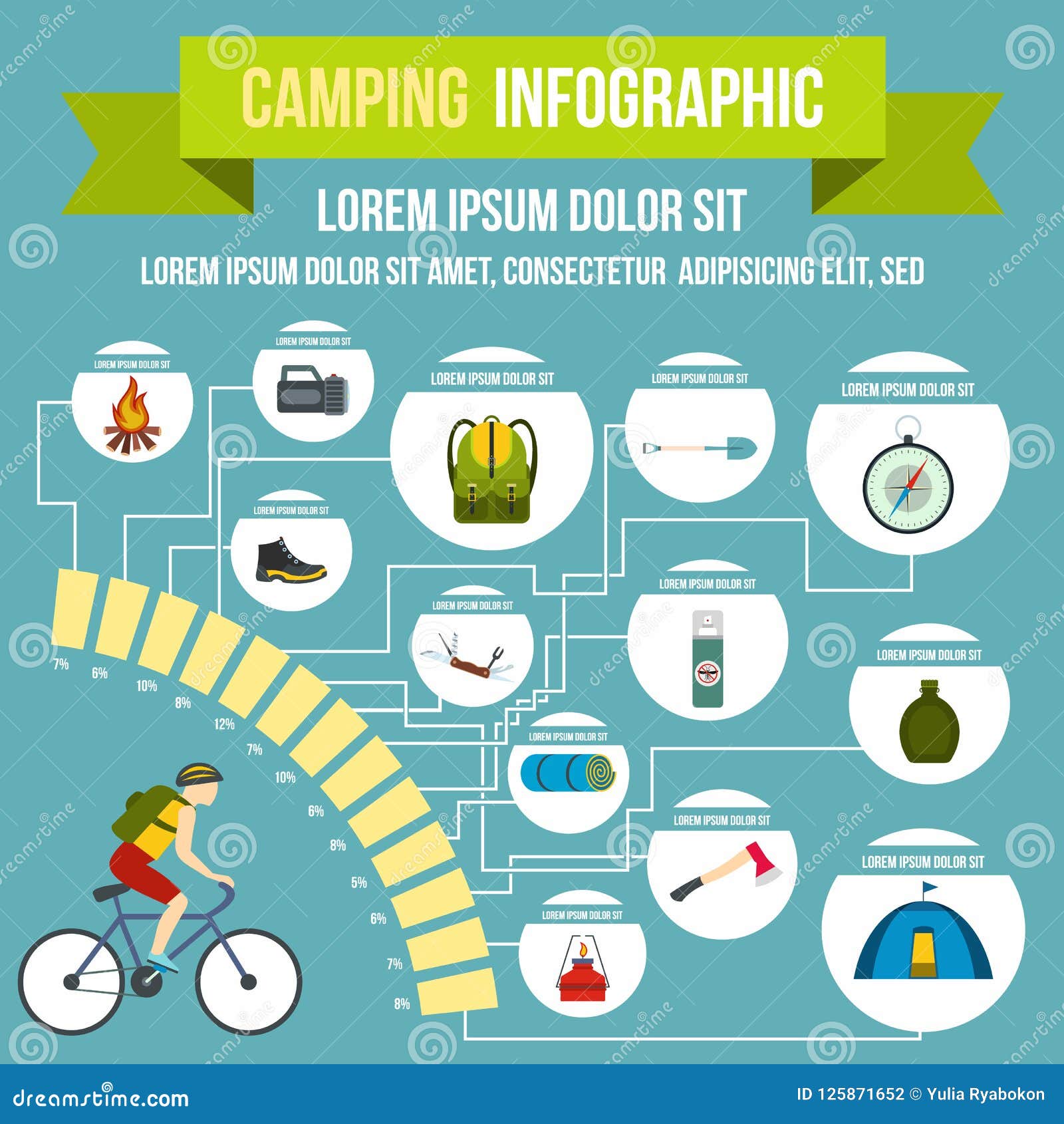Rain flies are a necessary device for wall surface tents. They increase the capability of a camping tent to secure campers from severe weather conditions while providing added comfort and toughness.
Routine cleaning of a rainfall fly keeps mud, mildew, and particles from ruining it. Additionally, making sure the proper stress of a rainfly prevents it from sagging and permitting water to gather below.
Weather Resistant Products
The material utilized in building and construction jobs can affect the durability and durability of the task. Choosing weather-resistant products helps reduce maintenance prices and saves resources for future fixing and replacement.
Timber might not be the first product that enters your mind when talking about climate resistance, but it is extremely sturdy when correctly treated with chemicals. Cedar, redwood, and teak wood are examples of naturally rot-resistant timbers used to make a range of exterior furniture and structures.
High-performance canvas wall surface outdoors tents are designed to withstand dampness and keep campers comfortable. It is very important to tidy canvas and tents frequently to get rid of dirt, mud, and dust. It is likewise vital to rinse off any type of deposit from the canvas tent before saving it away for usage. Avoid using bleach, as it ruins the water-resistance therapy and makes the outdoor tents more vulnerable to leak. Conversely, a soft brush and a hose can be used to completely scrub the canvas outdoor tents and wash it off with water until it is completely filled.
UV Direct exposure
Unless an outdoor tents is made from UV-resistant fabric, prolonged exposure to sunlight will certainly trigger it to weaken. This holds true of all fabrics, but it's particularly noticable for camping tents and canvas frameworks as a result of just how much they're made use of in outdoor settings. UV radiation can cause dyes to break down, leading to a loss of color vibrancy.
A rainfly safeguards wall camping tents from these dangerous UV rays by mirroring them prior to they can pass through the framework and reach your skin. It is necessary to choose a rainfly with a UPF rating of 50 or higher to get optimum UV protection.
A rainfly also helps regulate the temperature inside a tent depending on the season. A lighter rainfly can keep tents from absorbing too much heat in the summer, while a much heavier rain fly can help avoid warm from leaving the camping tent during colder months. In either case, these additional layers of insulation can significantly expand an outdoor tents's life-span.
Dampness Damages
Canvas camping tents are relatively resilient and can last 15-30 years with persistent care, but even the most high-performance canvas is not impervious to downpours. A rainfall fly or fly sheet includes a layer of defense for the roof covering of your canvas outdoor tents and aids avoid moisture damage.
Condensation, mold and mildew, and mold are not just unpleasant, but they can additionally damage the structural honesty of your canvas tent. Stopping these issues is not difficult, but it calls for careful care and interest to detail.
Make it a habit to evaluate your outdoor tents in the morning and remove any kind of all-natural condensation, dew, or snow that has accumulated externally. Later, be sure to spread your tent out in an open location and utilize a soft brush to scrub away any mold and mildew and mildew that has created. When you have gotten rid of the impacted areas, re-treat the outdoor tents with a mold killer option and rinse it thoroughly to stop any type of future infestations.
Dampness Accumulation
While normal, condensation can harm materials if left unchecked. The good news is, positive strategies like cleaning surfaces and airing out outdoors tents lessen condensation' impact.
Outdoor tents fabric, environment conditions and use patterns add to condensation levels. Sailcloth, for example, resists water vapor dissipation and tends to present beaded beads more readily than polyester or nylon options. Recognizing this difference educates how outdoor tents proprietors take care of condensation.
Passenger's exhaled breath and damp apparel and devices spike moisture degrees. A lack of ventilation methods enables dampness to condense when warm interior air fulfills cooler surface temperatures. This cycle intensifies on moist evenings or when a tent is placed in low areas. Evaluating and wiping cotton canvas tent surfaces quickly after cooling motivates dampness to disperse before destructive fabrics or developing mold. Local airflow, such as guiding a follower toward seams, more help the process. Acknowledging one of the most susceptible areas of an outdoor tents, like high ridges and edges, helps campers improve their wetness monitoring regimens.
